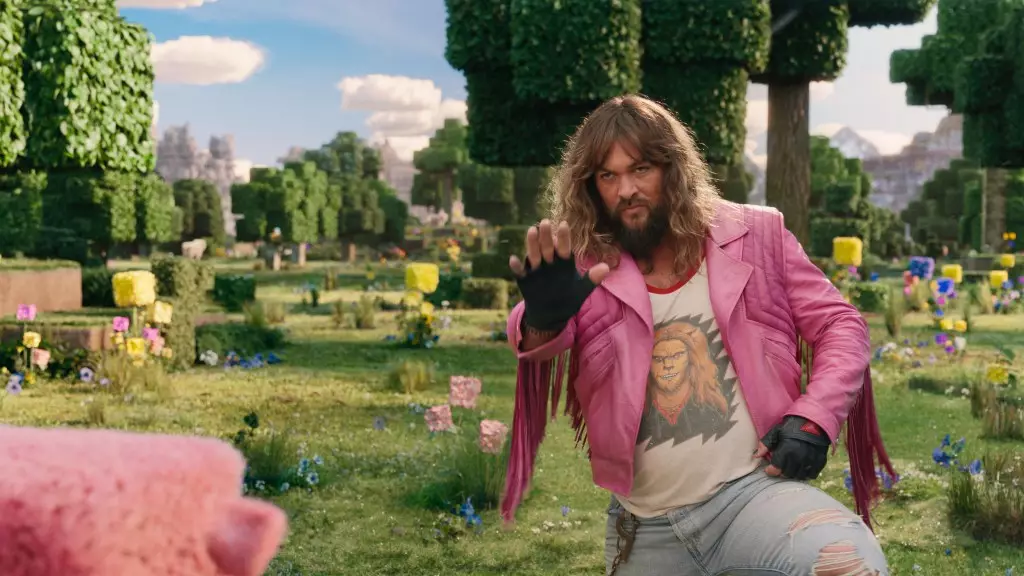The recent online leak of VFX-less copies of Warner Bros and Legendary’s *A Minecraft Movie* poses an urgent question about the integrity of the film industry. While the leaks are alarming, their very occurrence is a symptom of a broader issue deeply embedded in how we consume media today. The notion that audiences would seek out a raw, unedited copy of a highly anticipated film can be baffling at first glance. Why would anyone settle for an incomplete product? However, in a world saturated with instant gratification and rampant political tensions surrounding intellectual property, piracy has become an all-too-common yet troubling reality.
The studios, aware of the precarious landscape, engage in a game of “whack-a-mole” to remedy these breaches, yet the underlying problem—a lack of respect for creative endeavors—continues to fester. The alarming realization is that the thrill of instant access to leaked movies sometimes overshadows the very art form itself. Such incidents beg for a discussion about how piracy dilutes the value of creativity, converting a once-noble craft into nothing more than disposable entertainment.
Shift in Studios’ Distribution Strategies
The impact of increased piracy during the pandemic cannot be neglected. It was a time when many studios transitioned towards a theatrical release and streaming hybrid model, a daring idea that has since revealed significant vulnerabilities in its execution. Disney’s *Black Widow* faced significant losses as audiences opted for the convenience of Premier Access, further emphasizing a shift in consumer habits. Movies like *Dune* and *Suicide Squad* also felt the pinch, as their box office receipts reflected the Netflix-and-chill mentality overriding the traditional theater experience.
The narratives that surround these films change when dissected in the light of rising piracy. While some industry experts lament the losses, one could argue that the self-imposed shackles of the day-and-date model were ultimately a profound miscalculation of audience engagement. All things considered, it’s interesting to witness how even monumental releases like *A Minecraft Movie* can achieve commercial success; the anticipated global haul is projected to surpass initial estimates dramatically, indicating that a segment of the demographic still yearns for a communal viewing experience.
Children’s Impact on Box Office Dynamics
It’s worth noting that the performance of *A Minecraft Movie* can be distinctly attributed to its primary audience: the children and their families. With the film receiving an A rating among viewers under 18 in the U.S. and Canada, it’s clear that the youthful enthusiasm creates a potent channel for box office success. Kids thrive on the group experience of cinema—the laughter, the shared adventure, the music—which translates into communal attendance at theaters.
In a post-pandemic landscape where every view counts, the notion of ‘why pay for a ticket?’ can be a disheartening factor that looms large above the industry’s recovery. Nevertheless, as families and friends flock to theaters, cheering and chanting along with beloved characters voiced by stars like Jack Black and Jason Momoa, the joy of a world created in pixels triumphs over any digital pirate’s premature release.
The Future of Cinematic Experience
While the industry grapples with the ramifications of piracy, the dedication to upholding the theatrical experience is proving resilient. Audiences crave not just a story but the enchantment of collective viewing; this dynamic places importance on innovation in content creation and distribution methods. The battle against piracy might rage on, but it’s the joy that movies bring—experiences worth sharing—that will ultimately define this art form for future generations.


Leave a Reply